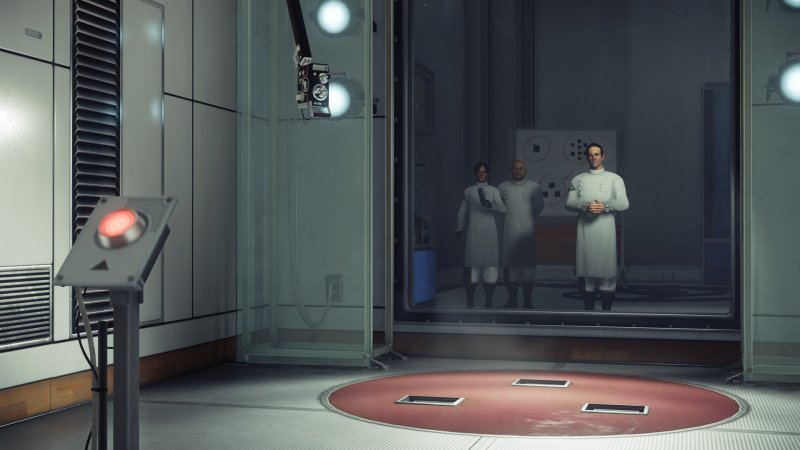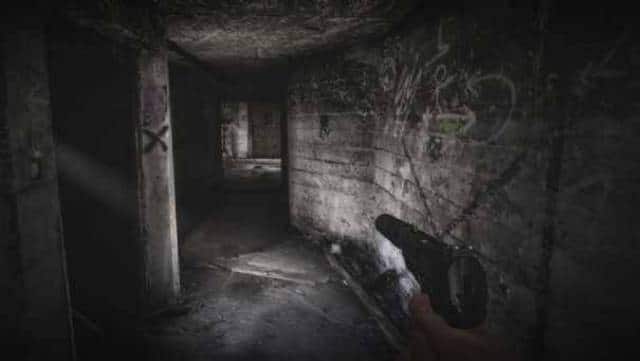The release of the first Prey dates back to 2006, and this is likely to be known already. To be less known is the fact that in one way or another the first traces of the series (if we can call it that) go back over twenty years ago. The news regarding Prey start in fact from 1995, the year in which 3D Realms conceived the very first version, and then passed in the early 2000 the witness to Human Head Studios,
team that we owe the game as we then met him. A gestation eleven years long, exactly how many are those that separate the first Prey from the second, which in reality is not second. In fact, for a while, Prey 2 was actually in development always at Human Head Studios, but this before the change of course wanted by Bethesda.
We jump to E3 last year, when the Maryland publisher announced the official reboot of the franchise, calling the guys at Arkane Studios on the crest of the wave thanks to the excellent Dishonored. Between a test here and there and the demo published a month ago we had in the meantime several opportunities to know the Prey of 2017, finally arrived to make a clean sweep of all the work done previously, including the Prey released in 2006: it was worth the penalty? Let’s find out together!
BioShock, System Shock, Dishonored and more: Prey draws from many but shines of its own light!
A RACE ENDED BADLY
The setting of the new Prey is now known to most people, but for the benefit of those who have lived on the Moon so far, we do a bit of a ripassino. In 1963 John F. Kennedy manages to escape the attack on Dallas that in real life has cost him his life, thus giving rise to an alternative version of the Space Race able to have repercussions until 2032, the year in which the story narrated takes place.
Talos I is a research station located near the Moon, where human activity has attracted decades before the attention of the Typhons, an alien race with extraordinary powers.
Acquired by the TranStar Corporation, the former Talos I space station is now the place where so-called Neuromods are developed, plants capable of modifying the structure of the human brain to allow people to absorb the powers of the Typhons, or in any case to obtain capacities that go beyond those of a normal-able living being. In this situation begins the adventure of Morgan Yu,
researcher recruited by his brother Alex to go to work aboard Talos I: during a series of initial tests something goes wrong and one of the people involved is attacked by an out-of-control Typhon. Thus began a real invasion, which leaves Morgan grappling with the alien threat inside the station, but especially with so many questions to find an answer.
As usual, Morgan knows a lot more than you can initially imagine but at the same time is struck by an amnesia that does not remind him anything: to guide him to the truth will be the robotic operator January, programmed by Morgan himself, while Alex will still try to provide his own version of the facts.
Depending on the choice made at the beginning of the game, Morgan can be a man or a woman, but this does not change almost anything if not in the possibility for those who have the controller in hand to feel more comfortable in the role of the protagonist. A feeling of identification that is the basis of the success of Prey, a title in which nothing is literally as it seems: both in the room where you are, for the reasons we will see, both in the plot developed by Arkane Studios.
The participation of Chris Avellone in the writing of the screenplay is just the icing on a Talos I cake to savor until the last drop, following with compelling interest the main story but also being transported by the many secondary missions, intended to reveal us so much on the station research but also on the same Morgan.
The different endings available will reflect our actions, inviting us to rediscover Prey even after completing the first game. Considering the dynamics of play, which we are about to see, it becomes difficult to quantify a duration, even if you will hardly get to caress the twenty hours. On Talos I there are many things to do and so many ways to do them, and everything – even the duration – adapts to the style of the player.


